Financial Consolidation and Reporting
Financial Consolidation and Reporting
What should the objectives of a consolidation implementation look like? Many consolidations are performed in excel spreadsheets. There are however many benefits from an enterprise financial consolidation system.
Typical objectives of a financial consolidation implementation
1. To improve the Governance, Controls, and Speed (automation) of the Group consolidation for statutory and management purposes.
2. To standardise the financial reporting in the group with:
- A common chart of accounts
- Standardised key financial ratios
- A set of standard reports and group reporting processes
3. To create increased visibility, benchmarking and transparency into the financial numbers of the underlying businesses e.g. Bank charges, Inventory write-offs, Bad debts, Restructure costs etc.
- Create a platform for future group initiatives
- Cost reductions
- Optimisation of structures, processes and systems
Benefits:
Reduced Errors in Classifications and Accounting Treatment
During the design of the chart of accounts and the mapping process, many subsidiaries find that the treatment of certain items in the past had been incorrect. The issues are addressed in more detail and subsidiaries are given the opportunity to make the necessary corrections.
In terms of the group consolidation, there is much more clarity on how the consolidation works in terms of:
- The correct management organisation structure
- The consolidation entries required at each level
- The foreign exchange translation methods
Greater flexibility
The solution enables a Group to implement new reporting requirements with minimal effort. Taking on new acquisitions businesses will be done in a consistent and speedily way.
Improved Finance Process Disciplines
During the implementation, certain business find that their internal accounting disciplines and practices are inadequate. Most businesses go back into the systems and processes and made changes to ensure the Group reporting requirements can be achieved with fewer errors in a short time frame. Manual systems allow for manipulation of data to go undetected. With a formal solution, many checks and balances as well as detailed audit trails are implemented and help reduce errors in reporting.
A group consolidation can be completed in a couple of days.
Standardisation
The Group implements a standard chart of accounts which provides a framework that the subsidiaries can use to structure their own systems going forward. Standardisation creates a common language which enables:
- Financial managers and directors to rotate jobs more easily
- Engage in business conversations with a common understanding
- Benchmarking between the different businesses.
Development of Finance Resources
By implementing a formal consolidation system, the skills of the finance community will improve in many ways including:
- Accounting knowledge and practises
- Troubleshooting data issues
- IT Skills
- Relationships with people from Group and sister companies
- Project management and communication
- Knowledge of the Group consolidation at all levels
Our consolidation solution has the following key features to enable the consolidation:
- Management Reports
- Foreign Currency Translations
- Intercompany Eliminations
- Journal Entries
- IRFS Adjustments
- Reporting for different stakeholders
Financial Consolidations with Prophix
Prophix works on a unified platform which means that you can use one tool for all your planning and reporting needs plus it performs all the technical aspects of a group financial consolidation such as:
- Intercompany eliminations
- Foreign Translations
- IFRS Adjustments
- Allocations
- Reporting Packs
Call us today for a demonstration.


